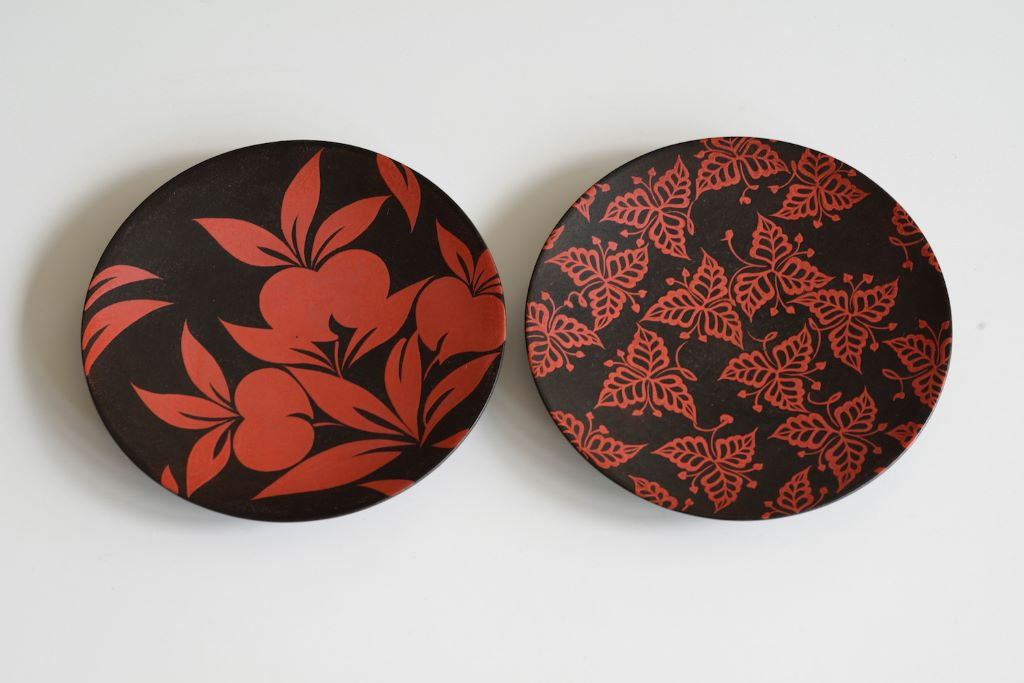URUSHI | Japanese Lacquerware

Japanese artists Yukiko Yagi and Meguri Ichida bring the art of Urushi, traditional Japanese lacquerware, to ARTISANS’, adapted exclusively for the Indian table.
Traditional lacquerware from Japan is simple, graphic, almost stark. It is not just a luxury collectible, but demands use, inviting you to touch, to hold, to cup, to sip...The gleam of reflected light off a lacquered surface calls to the soul in search of stillness, and timelessness.

The word Urushi comes from the Asian tree from which sap is extracted and used to make lacquer. The sap is harvested by making a slash in the tree trunk, allowing the fluid to seep into a collecting container. This is filtered through layers of special paper, giving a clear lacquer that varies in colour from dark to very pale amber.
Imitations of the black and red lacquerware that is iconic to Japan, abound. But the genuine article is rare and takes time, effort, skill and that something extra which takes generations of knowledge and refinement. While some believe that lacquerware was brought to Japan from China, there is evidence from the Jomon Period (14,000-300 BC) to suggest an indigenous development of the art.

Lacquer is brushed onto the object and layered in smooth, even strokes. As it sets, atmospheric moisture is absorbed, giving the object – which could vary from wood, ceramic, leather, or paper– a shine. This coating is durable and waterproof, and capable of withstanding the long term effects of alcohol, acid, alkali, heat and humidity. That, in essence, is the reason lacquering methods were developed: to preserve and protect. The lacquer may be coloured with natural pigments, black and red being the most popular. Black is from iron, while red is from cinnabar, an ore of mercury. The process of creating lacquerware is long, tedious and difficult.

Urushi is not cheap. In fact, it was once a status symbol and is today a collectible. In this exhibition, Urushi is exclusively adapted for the Indian table by artists Yukiko Yagi and Meguri Ichida. Lacquerware is designed to last - a thing of gleaming, everlasting, inimitable beauty!

